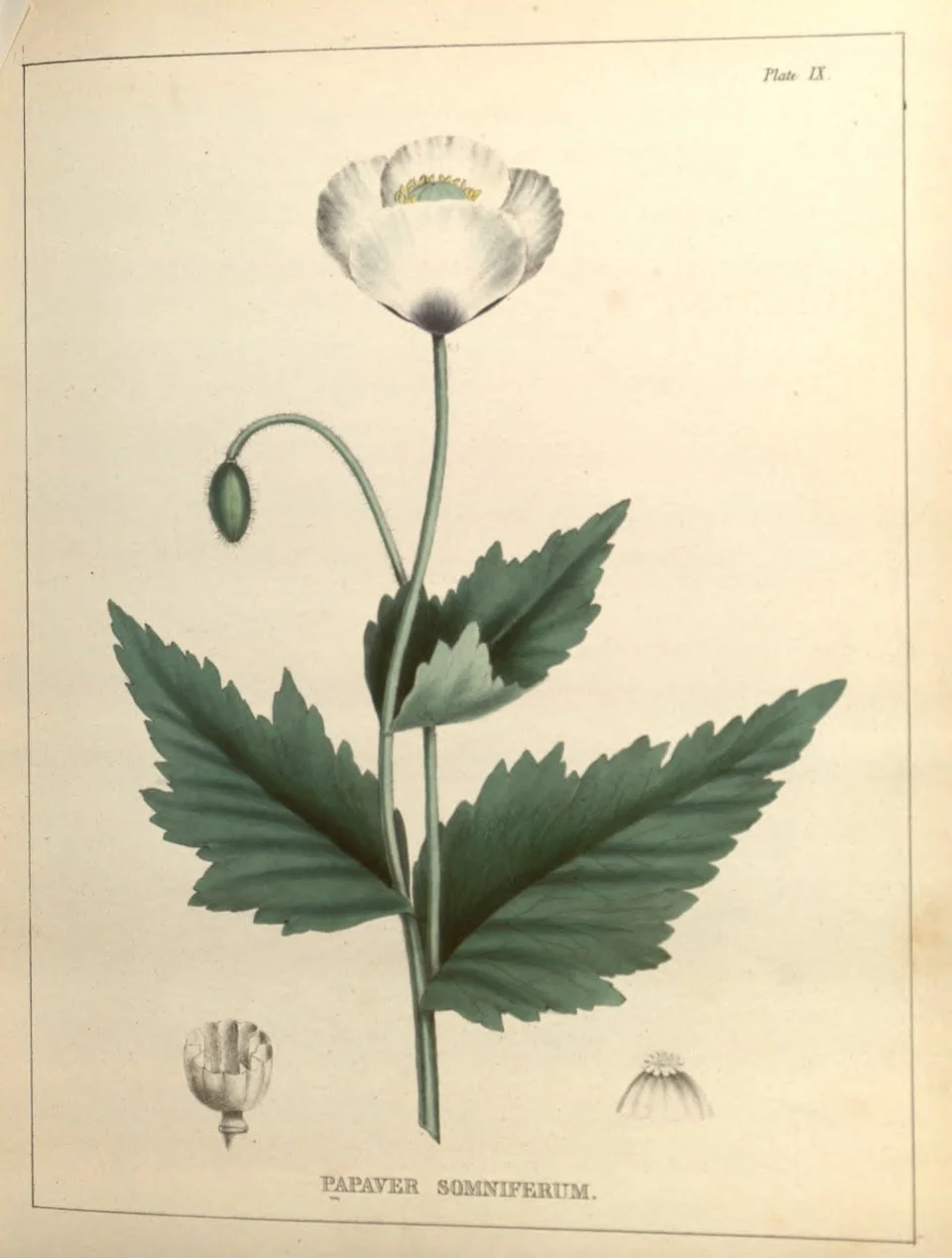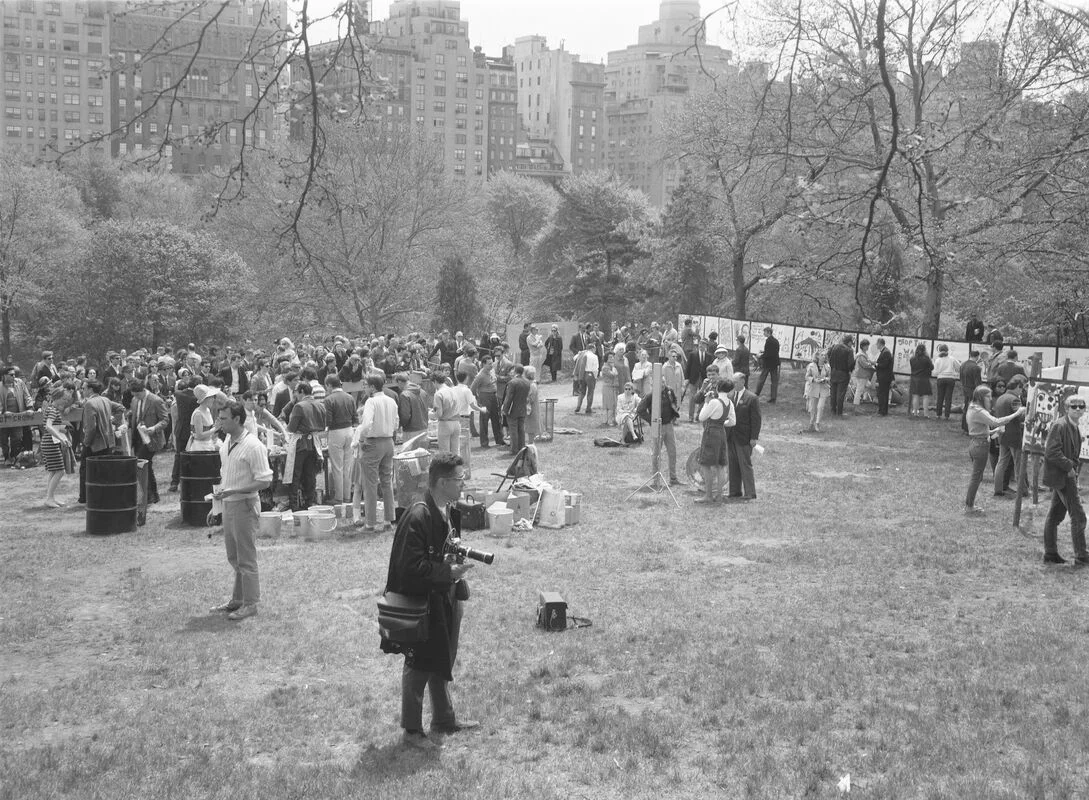Gotham
Dreaming Diaspora in Chinatowns Around the Globe: An Interview with Diane Wong
Today on Gotham, Minju Bae interviews Diane Wong, co-curator of Homeward Bound: Global Intimacies in Converging Chinatowns, a recently-concluded exhibition at Pearl River Mart. Homeward Bound displayed photographs from thirteen Chinatowns around the world. These photographs came from the curators’ personal projects to learn from the people who have built homes, families, and communities in a global diaspora. The exhibit will travel to a number of other locations starting in the spring of next year.
Read MoreA Call for a Progressive Spatial Politics
By Scott M. Larson
Wins by left-leaning candidates in 2018 midterm elections have led many to suggest a progressive revolution is under way in Democratic — if not American — politics. With each successive victory progressive candidates have staked out bold positions on hot-button issues from Medicare-for-all to a $15 federal minimum wage and free college education.
Read MoreTeaching Lenape History: An Interview with Pilar Jefferson
Today on the blog, Coordinator Katie Uva speaks to Pilar Jefferson, Education Coordinator at the Museum of the City of New York, to discuss the museum’s recent efforts in interpreting New York’s indigenous history.
Read MoreTre Donne: Kitty Genovese, Diane di Prima, Virginia Apuzzo and the Roots of Italian-American Feminism in 1960s New York
By Marcia M. Gallo
Kitty Genovese, Diane di Prima, and Virginia Apuzzo are iconic Italian American New Yorkers who came of age in the 1950s and challenged familial and social expectations. All three present novel perspectives on women’s oppression and liberation in the 1960s and beyond. Yet rarely are they considered together as examples of ethnic “gender rebels.”
Read MoreMyth #10: Example of Laissez-Faire Planning
By Gergely Baics & Leah Meisterlin
Not until 1916 did New York City acquire its comprehensive zoning resolution, the first in the nation. Through the 19th Century, the city’s land-use restrictions comprised a patchwork of fragmented and locally scaled public and private regulatory interventions, including nuisance laws, fire zones, building codes, and deed restrictions in the form of restrictive covenants. Although with this patchwork of caveats, it is fair to describe this early land-use regime as largely unregulated, at least by our contemporary standards.
Read MoreHappenings: Art, Play, and Urban Revitalization in 1960s Central Park
By Marie Warsh
On November 16, 1966, an unprecedented event took place on the Sheep Meadow in Central Park. Beginning at midnight, thousands of New Yorkers convened on the park’s largest lawn to watch the Leonid meteor showers, which were expected to be particularly brilliant. Although the crowd was let down — dense cloud cover prevented visibility — the gathering nonetheless offered a convivial atmosphere. Spectators brought chairs, blankets, and hot beverages, and the event became an after-dark picnic, with some marveling at the novel scene. One woman observed, “All these people in the park after midnight, and no one is getting mugged.”
Read MoreThe Deuce Times Two
By Jeffrey Escoffier
“It was the best of times, it was the worst of times.” The famous opening line of Dickens’ Tale of Two Cities certainly seems like an appropriate way sum up 1970s New York, but I cite it also because the novel itself comes up in The Deuce’s first season as a book that launches a young prostitute on the road to reading and going back to school. Objectively life in New York City during the 1970s and early 80s was pretty bad — high crime rates, rampant homelessness, loose trash everywhere, whole neighborhoods of abandoned buildings crumbling and burning — yet it was an incredibly creative time as well: in music, art, performance, theater and sexuality. This was brought home to me recently when a 70-year-old retired professor of history said to me: “I know everything was so terrible in that period, but it was also incredibly exciting.”
Read More









